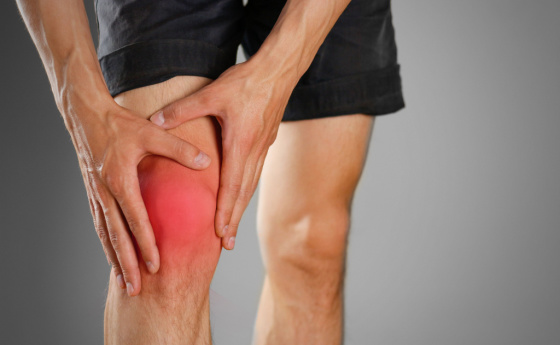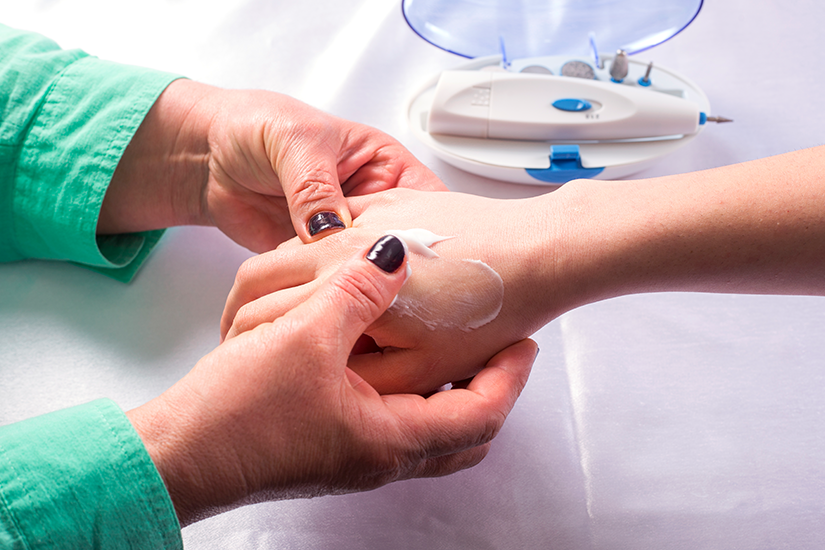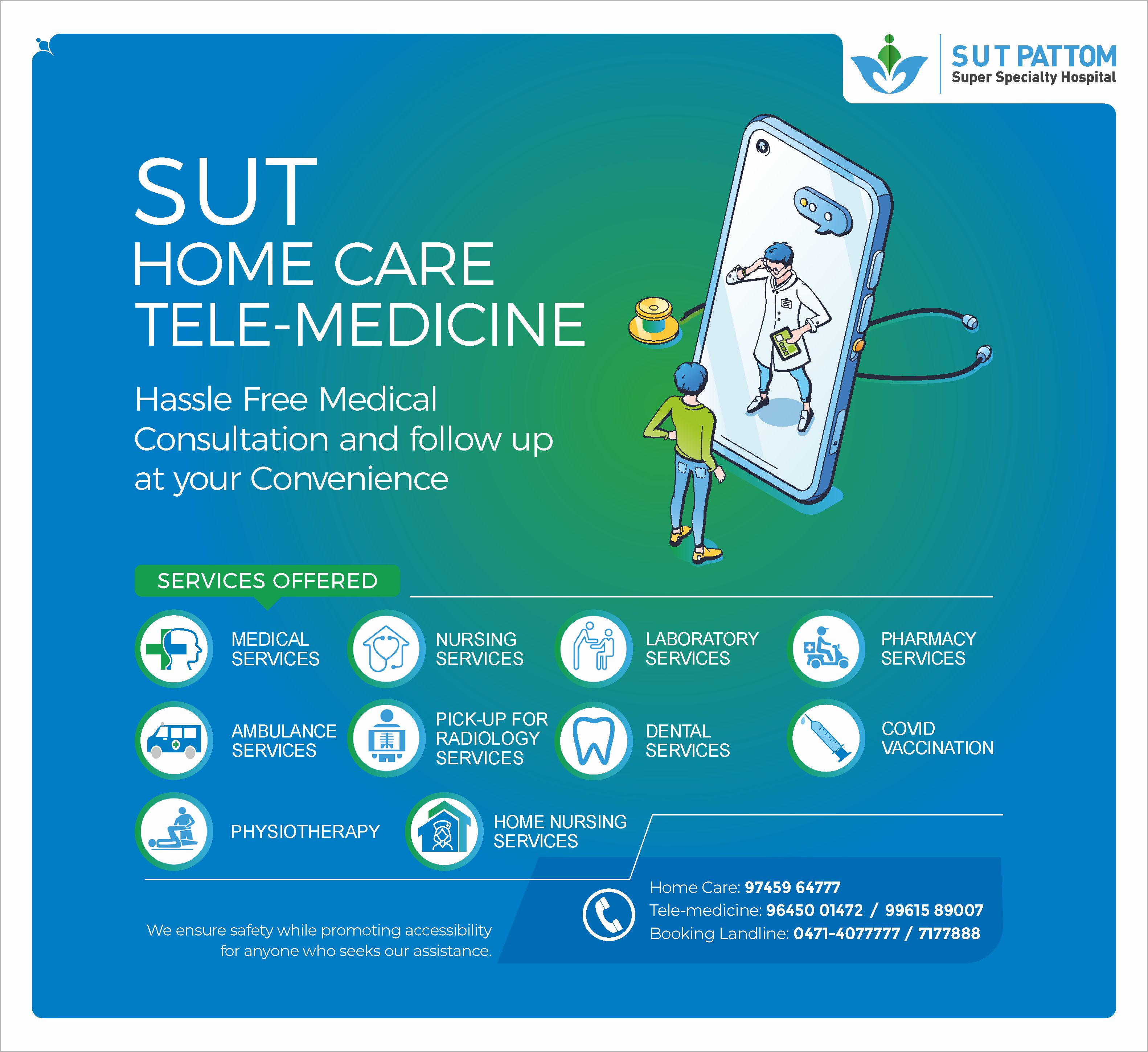- Emergency Ambulance Services
- 8606811111
- 0471-4077777, 0471-7177888
- gro@sutpattom.com
Ligaments and Sports Injuries of the Knee
Dr. Unnikuttan D, Orthopaedic Surgeon, SUT Hospital, Pattom
Running, jumping, and engaging in fast-paced sports can cause many types of knee injuries. The joint action of many muscles and ligaments helps the knee to move smoothly while bearing the body weight. The knee is a very narrow joint that forms where the thigh bone (femur) meets the ankle bone (tibia). There are many ligaments connecting these two bones. Some are located inside and some outside the knee.
What are the major ligaments?
The collateral (MCL/LCL) ligaments are located on either side of the knee. These prevent the knee from slipping sideways. The cruciate ligaments are intertwined in the shape of a cross on the inside of the knee. These prevent the knee bones from slipping forward and backward. The meniscus acts like a cushion inside knee. This prevents the surface of the knee from wear and tear even though it is not a ligament. There is a ligament that attaches the kneecap to the femur (MPFL), cracking of MPFL often leads to disposition of knee.
Symptoms of injuries
Knee injuries are common during high-speed sports. Changing the direction of an action after a speedy sudden action of the muscles causes injury. Swelling and severe pain of the knee while moving the leg is primary symptom. The cruciate and collateral ligaments help to keep the knee joint in place. The pain and swelling that occurs when it is injured subsides in three to four weeks and then feels discomfort to knee while walking. Due to this, the patient feels difficulty in going down stairs and playing sports. Injuries to the meniscus can cause pain (while moving knee) that persists even after the cure of oedema. In some cases, the torn part of the meniscus can get stuck between the joint leads to difficulty in moving knees (locking). Knee injuries are diagnosed using Xray, MRI and CT after direct examination.
Treatment
Some ligaments injuries cannot be sutured. Cruciate (ACL / PCL) ligament is one among them. If the patient seeks treatment within a certain number of days other injuries can be surgically sutured.
Repair of injuries is not possible if treatment is sought after a certain period. For injuries that cannot be sutured, the ligament must be reconstructed using grafts collected from other parts of the body. Muscle fibers (tendon) are commonly used for ligament reconstruction. Treatment can be determined based on the location, depth, pattern, and duration of the meniscus injury. If the meniscus injury is non-stitchable, it should be balanced in a certain way.
What is arthroscopy or keyhole surgery?
A thin camera is inserted through small holes inside of the joint. Arthroscopy (keyhole surgery) is a surgery performed by supervising the views from screen. Other incisions can be used to insert surgical instruments, sutures, and grafts. It is difficult to access and insert instruments into the inner parts of the joint, in open surgery. The main advantage of arthroscopy is that this limitation is possible. Since the size of the incisions is small, the post-operative pain and complications are minimal.
Exercise and injuries
Strengthening the muscles around the joints reduces the risk of injury during sports. It is advisable to do exercises under the supervision of a therapist in an appropriate way. Exercises are recommended as part of treatment and also after surgery.
How to avoid injuries?
- Strengthen the knee muscles.
- Lose weight.
- Warm up before playing.
- Use proper foot protectors.
Conclusion
Sports injuries can cause wear and tear on the joint in future, if not treated within a certain period. An injury to one ligament may later lead to the injury to other ligaments and the meniscus and also causing dislocation of the knee joint. It is advisable to seek early diagnosis and treatment using modern technology and procedures.









